Ukraine is charting a new path to sustain its war effort against Russia by turning its growing defence industry into a source of both military strength and economic survival. President Volodymyr Zelenskyy on Monday announced plans to open offices for arms exports and joint weapons production in Berlin and Copenhagen this year, a move aimed at transforming Ukraine from a battlefield recipient of aid into a producer and exporter of advanced weaponry.
From aid dependency to defence self-reliance
As the war with Russia enters its fourth year, Ukraine remains dependent on Western allies for critical assets such as fighter jets and air-defence systems. Yet, the country has made notable strides in domestic production, particularly in the development of drones and missile technology. Zelenskyy said Kyiv’s goal was to reduce its reliance on external suppliers by creating a sustainable defence-industrial base capable of generating revenue for reinvestment.
“This is about co-production and export of the weapons that we can allow ourselves to sell, in order to have more money for our internal production of deficit items for which we don’t have the money,” Zelenskyy told reporters in Kyiv.
The Ukrainian president’s remarks underscore a shift in strategy: while Western nations continue to provide essential military assistance, Kyiv is now positioning itself as a potential arms exporter — a remarkable turnaround for a country still fighting on multiple fronts.
Building a new defence economy
The planned export offices in Germany and Denmark reflect Ukraine’s efforts to expand partnerships with European defence firms and governments. According to Forbes, Ukraine has been courting Western investors to set up joint ventures that would combine Ukrainian innovation and battlefield-tested technology with European capital and industrial capacity.
These partnerships are seen as key to overcoming the limits of Ukraine’s wartime economy, which has been strained by falling tax revenues and rising military costs. Analysts note that establishing a steady stream of export income could help fund critical domestic production — including drones, artillery systems, and short- to medium-range missiles.
Among the weapons now nearing mass production are two domestically developed missiles, the Flamingo and Ruta, which Zelenskyy said would enter large-scale manufacturing by the end of this year. The missiles, designed for precision strikes and mobility, are part of Kyiv’s broader effort to modernise its arsenal using indigenous technology.
Impact Shorts
More ShortsEurope’s growing role
Ukraine’s choice of Berlin and Copenhagen for its first export and production offices is both symbolic and strategic. Germany has become one of Kyiv’s most important security partners, supplying advanced tanks and air-defence systems, while Denmark has emerged as a leading donor of F-16 fighter jets. Establishing physical presences in both capitals would allow Ukrainian defence firms to coordinate production, negotiate licensing, and attract investors directly within the EU.
“The idea is not just about selling weapons but about co-developing them with partners,” a senior official at Ukraine’s Ministry of Strategic Industries told Kyiv24. “Our partners see the potential of Ukrainian engineers and battlefield-tested designs. We see the opportunity to sustain our war effort and build an industry that will outlast the conflict.”
Looking to Washington
Zelenskyy also revealed that a Ukrainian delegation would visit Washington next week for further talks on a US-Ukraine drone deal. Kyiv hopes the agreement will deepen ties with the Trump administration and bring advanced manufacturing capabilities to Ukraine’s expanding drone sector.
According to the South China Morning Post, Ukraine has become one of the most prolific users and innovators of unmanned aerial systems during the conflict, using both domestic and adapted commercial drones for reconnaissance and precision strikes. The proposed US deal could enhance this advantage while ensuring that Ukrainian firms have access to the latest components and production techniques.
A fragile balance
Ukraine’s new defence export strategy, however, carries political and operational risks. Balancing the need for export revenue with the demands of the battlefield will require careful management to avoid depleting domestic supplies. Moreover, Kyiv must ensure compliance with international arms trade regulations to maintain its credibility with partners.
Still, for a country fighting for its survival, the shift marks a turning point. By selling and co-producing the weapons that have helped it endure, Ukraine is betting on its ability to transform wartime innovation into a foundation for future economic resilience and to fund its defence not just through foreign aid, but through its own industrial strength.
With inputs from agencies


)

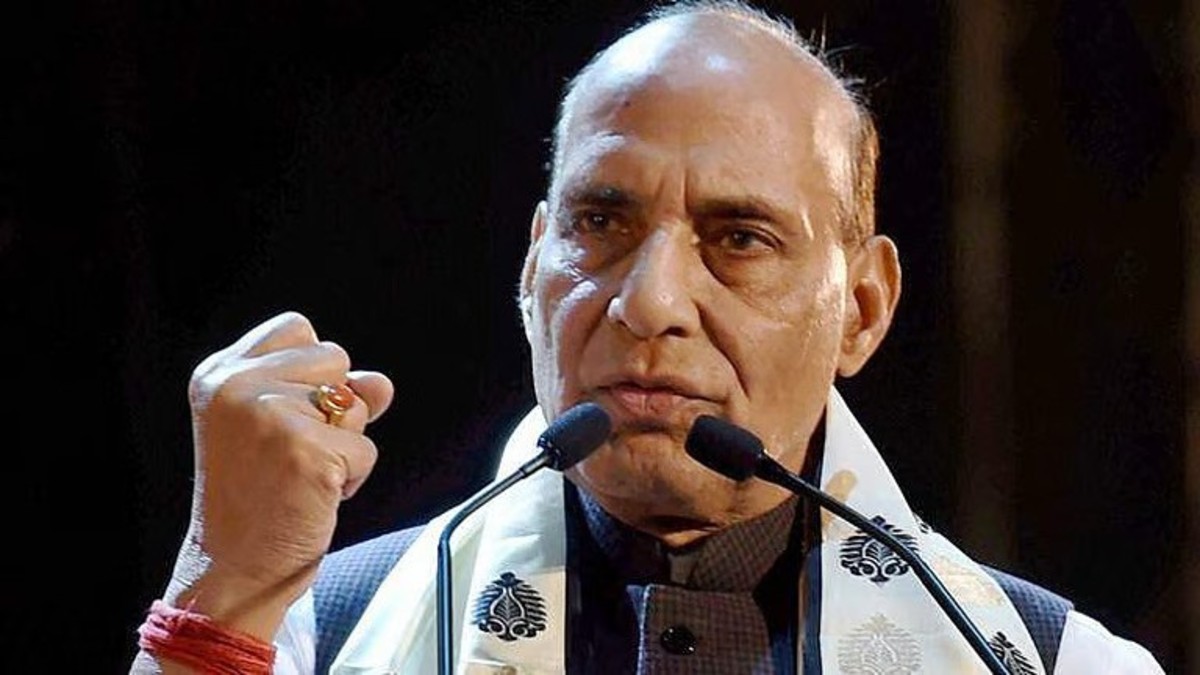)
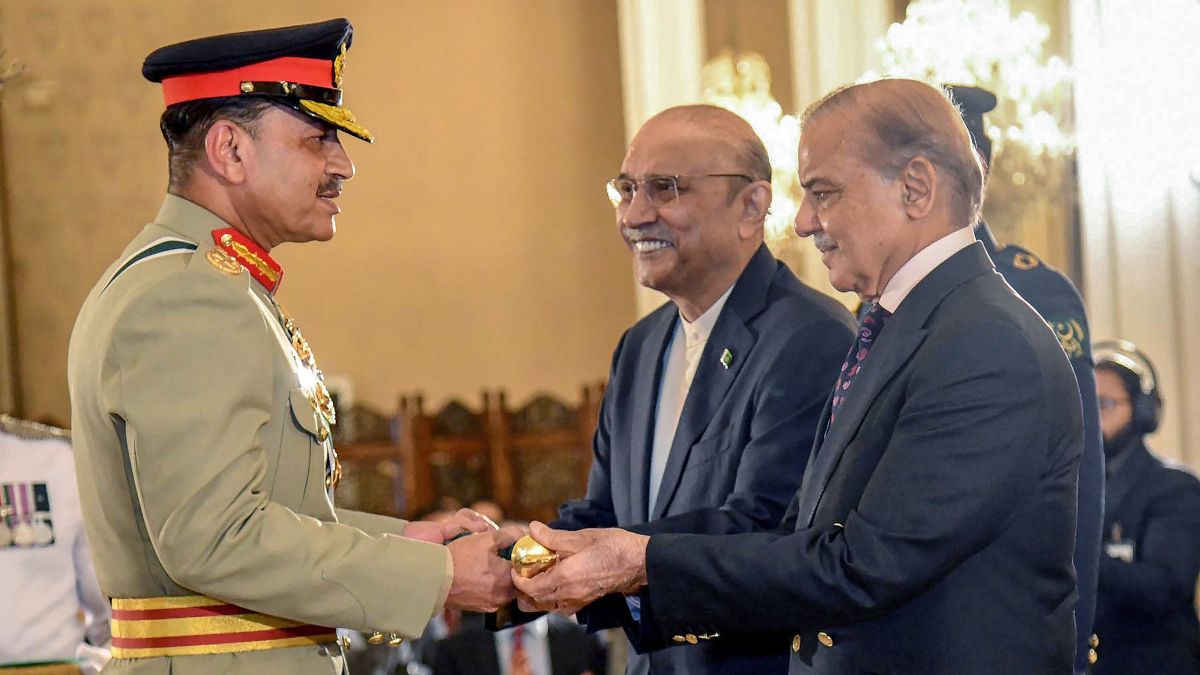)
)
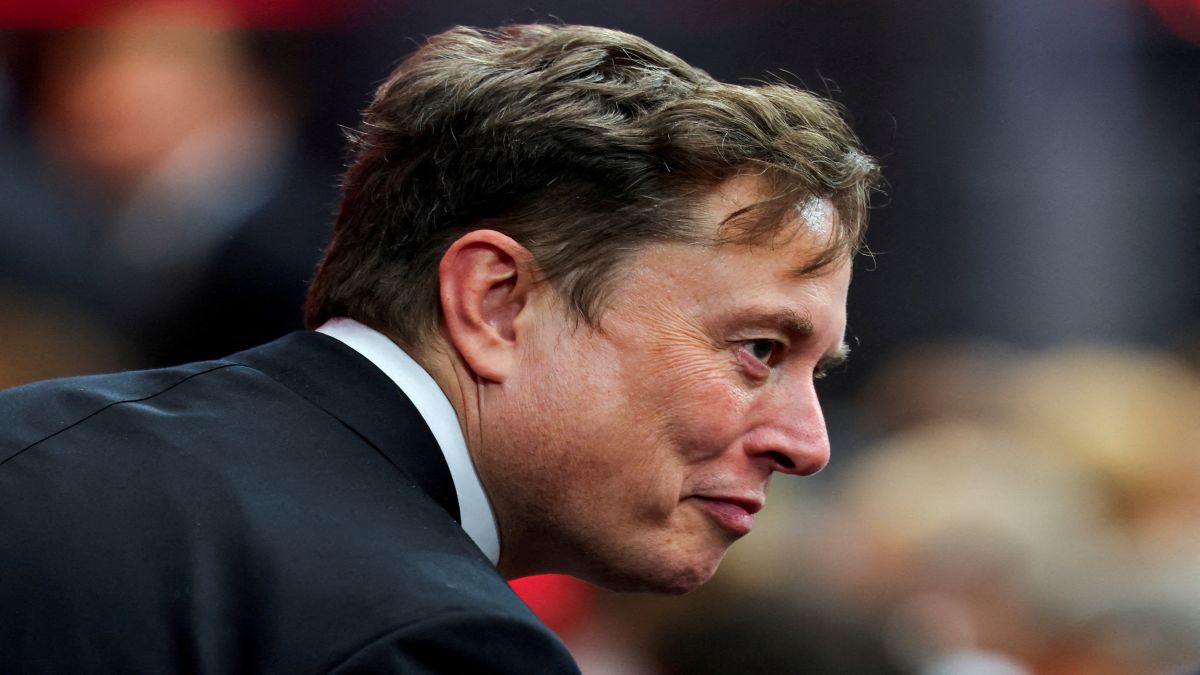)
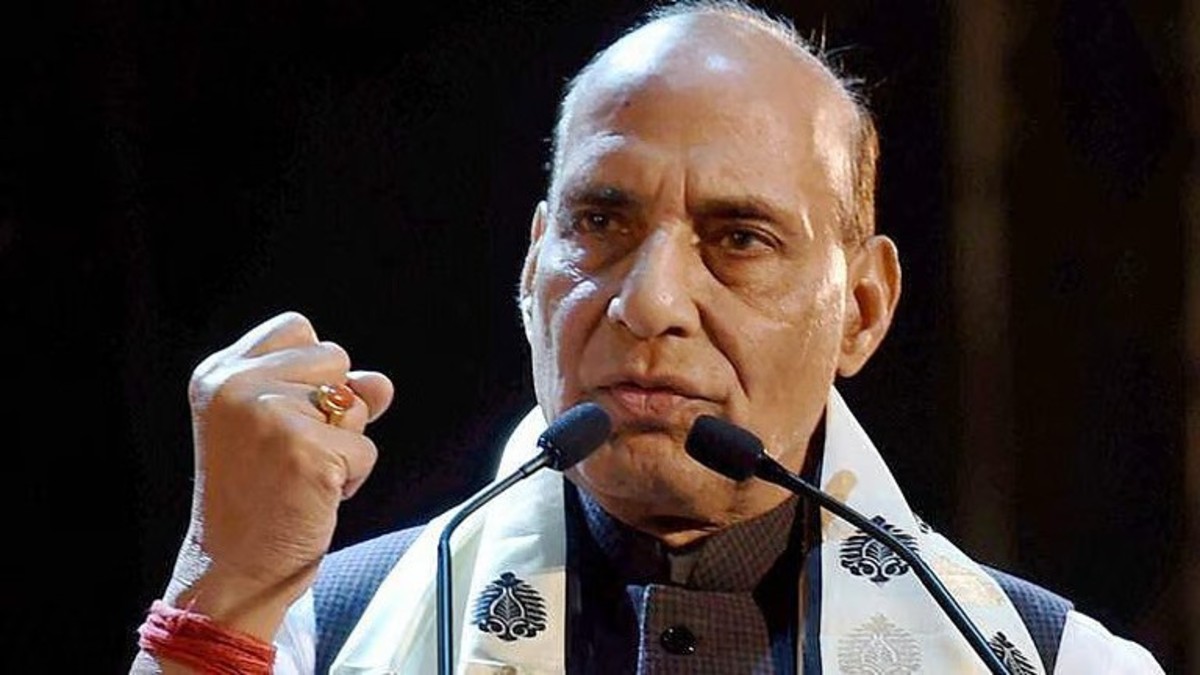)
)
)
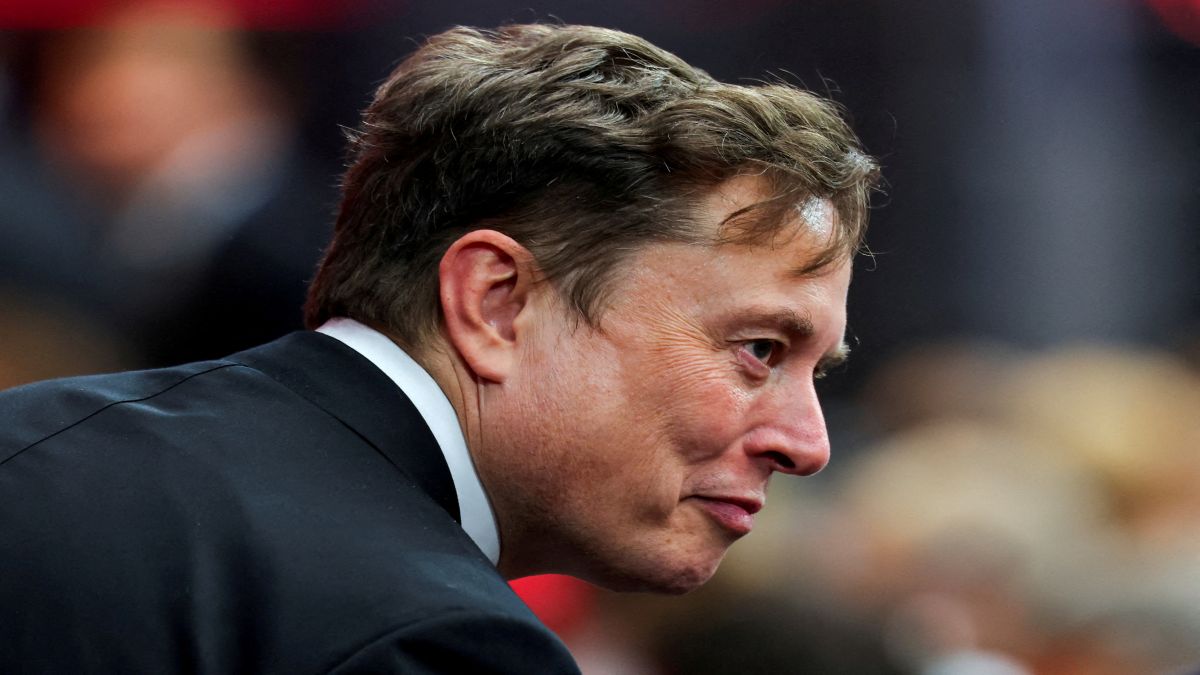)



